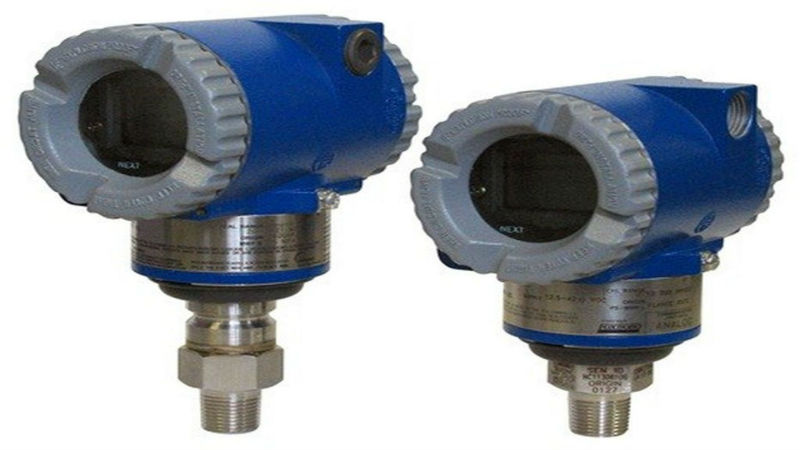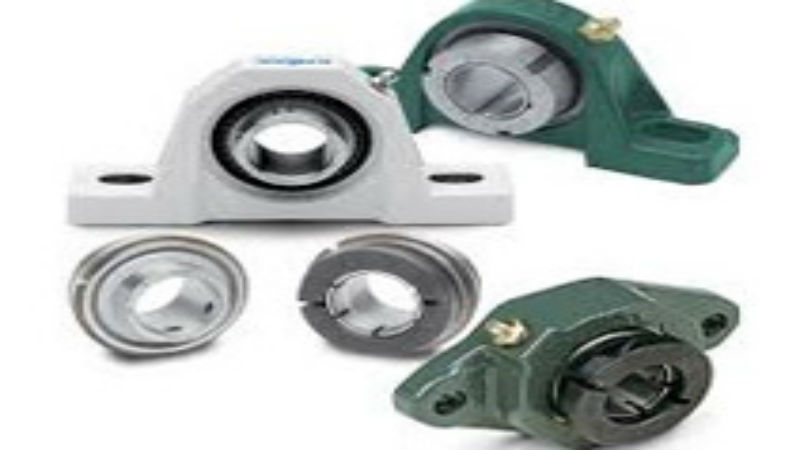In the mid 20th Century, a typical (WMS) warehouse management system was simple. A clerk kept a log book with production information that he passed on to the warehouse department via manual paperwork. They used storage media like shelves and racks, and most facilities had limited conveyors and packaging systems. Today, thanks to bar coding applications, it’s possible to track inventory and store a great deal of information. However, when you scan these codes, there’s more than one method you can use. Let’s check out some of them.
How Do Bar Codes Work?
Today’s (WMS) warehouse management system uses bar code scanners with light-sensing equipment to scan bars, and each bar represents specific data. This data corresponds to numbers. When you turn information into numbers (digitize), computer programs can understand it, because they work on a binary code number system. To scan codes, you need a way to turn light into electrical impulses. Lasers, cameras, and omnidirectional scanning systems can scan products before or after they enter stretch wrappers or palletizers since light easily passes through clear plastic.
Lasers
For laser systems, laser beams are the source of light, reflecting it with mirrors or prisms. This intensifies light so a photodiode can read it. The photodiode can separate light into specific light patterns that correspond to data. In other words, it turns light into electrical energy.
Camera-Based
Camera type scanning uses image scanning technology that involves several technologies. By linking a camera with image processing equipment, it can easily decode bar codes. Those little square codes for smartphones use this type of technology.
Omnidirectional
A (WMS) warehouse management system for scanning can use special light patterns called starbursts. A starburst can read light patterns in just about any direction, and it doesn’t matter what position you read from. They are more efficient than single line scanning equipment.








